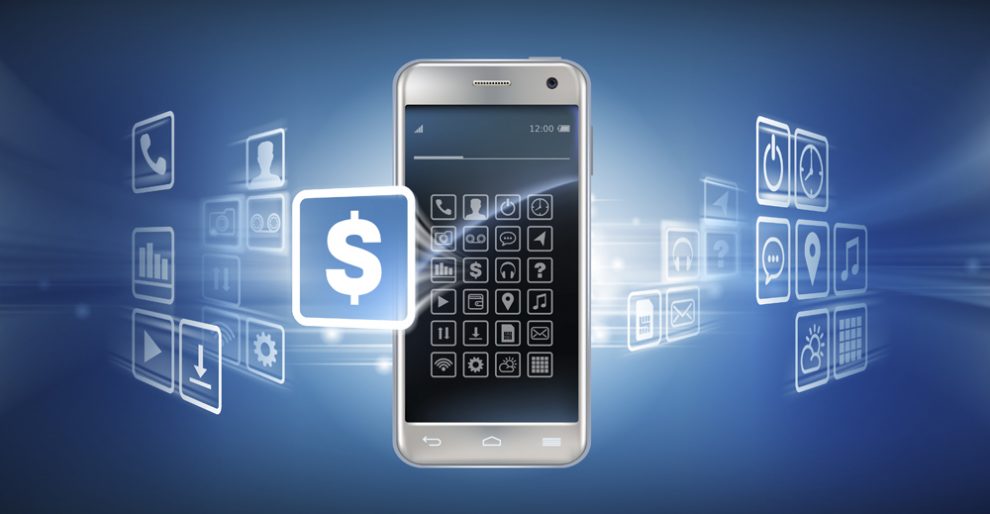Humanities number one common denominator is money. Anywhere in the world you live there is one thing we all have in common. We all need food, water, clothing and shelter. Everywhere you go you have to pay for it. Money creates a sense of security. It opens us a way to accomplish our dreams. Thus, most of us end up spending half a lifetime chasing money to pay bills, make a living and meet our needs.
The recent pandemic has given rise to a shift in the way consumers interact and transact with businesses. Keeping a safe distance from others and touching as few common areas as possible are two of the changes that may have prompted the recent 40 % jump in the contactless payments.
As the pandemic remains, so will the adoption of digital and contactless payments. The consumers are becoming more comfortable with the emerging payment trends. It is expected to see endless innovation and advancement in the payments industry throughout 2021.
What will the future of payments look like? Below are predictions on what the post-COVID-19 world will look like:
Payments are expected to be from mobile
It has been noticed that contactless limits increase. What if the same feature exists on a mobile and we still continue to use plastic cards? Amid COVID-19, it has been necessary to limit contact. It was when consumers realized how effortless mobile payments are to adopt. The broader barriers around digital banking are broken down, the desires of plastic cards will become a collector’s item and coins will, eventually, disappear.
The extent of the mobile self-checkout
Sellers and hospitality providers finding ways out of lockdown and eliminating the need to queue as safety is vital. But how do they do that while ensuring payments are processed fast and cautiously? They do that by moving the point of sale from a fixed, physical location, to a mobile device. While beforehand this was the preserve of large retailers. The necessity across all parts of society and the emergence of software-based Point of Sale (PoS) tech will allow smaller operators to integrate it into their systems.
Payments and loyalty will unite
Merchants can build deeper, more meaningful relationships with their customers when mobile devices become highly connected with the shopping experience. The end of the physical PoS may mean no more accessories at the counters. The customers will be benefited from the increased satisfaction and a much more applicable relationship with the retailer providing personalized offers, vouchers and discounts.
Driving Digital Currencies
Past a year, the idea of central bank digital currencies (CBDC) and the part they could play in the financial services ecosystem has been broadly conveyed around the world. At the moment, there are 60 CBDC projects globally, along with China’s digital yuan or Sweden’s e-krona to substitute cash in the long period. CBDCs are basically money in digital form. They would be presented as a complete substitution for coins and notes. It also provides high security, lowering fraud and reducing costs. CBDCs opens up opportunities for innovation as they allow programmable money
Authentication means Biometrics
We are in a world of transactions going online. As a result fraud has gone online too. Consumers turn to new payment channels the industry is aiming on ways of cross channel monitoring. This means businesses are capable of safeguarding their customers by focusing at all account activity away from cards.
It is found that businesses will utilize new fraud technologies, including biometrics to end fraudulent transactions. Already biometrics are being utilized on mobile devices to authenticate payments, eliminating the necessity for buyers to memorize a PIN or password. Enhanced biometrics suggest PIN numbers and passwords are set to become a thing of the past.
Making use of biometrics to authenticate payments and creating that ubiquitous is what the industry is focusing on. The key way biometrics could be used is like Apple Pay, where consumers can feel safe as their biometric fingerprint will never leave the device.
According Jim McCarthy, president at i2c: “The future of payments is guaranteed to be more personalized and tailored. Firms are going to have to really dive into their customers, what their customers want and need. If you’re not tailored or personalized, somebody is going to beat you.”
Digital payments are considered to be the future. In the upcoming years we will experience payment methods transitioning from physical cash to digital payment methods. Before the transition concludes, many new versions will be visible and vanish. These trends will set an important role in molding our future payment methods.
0

